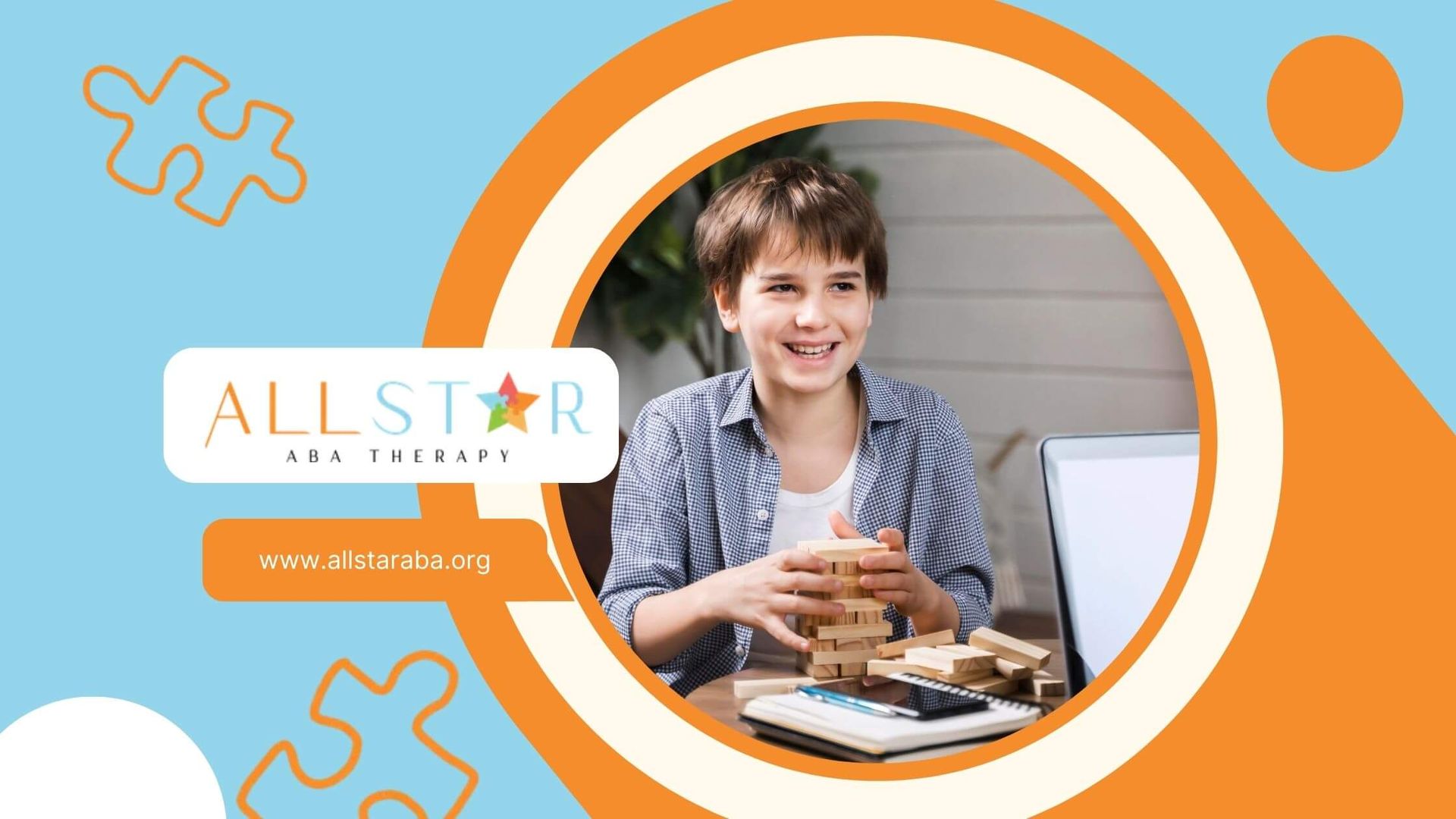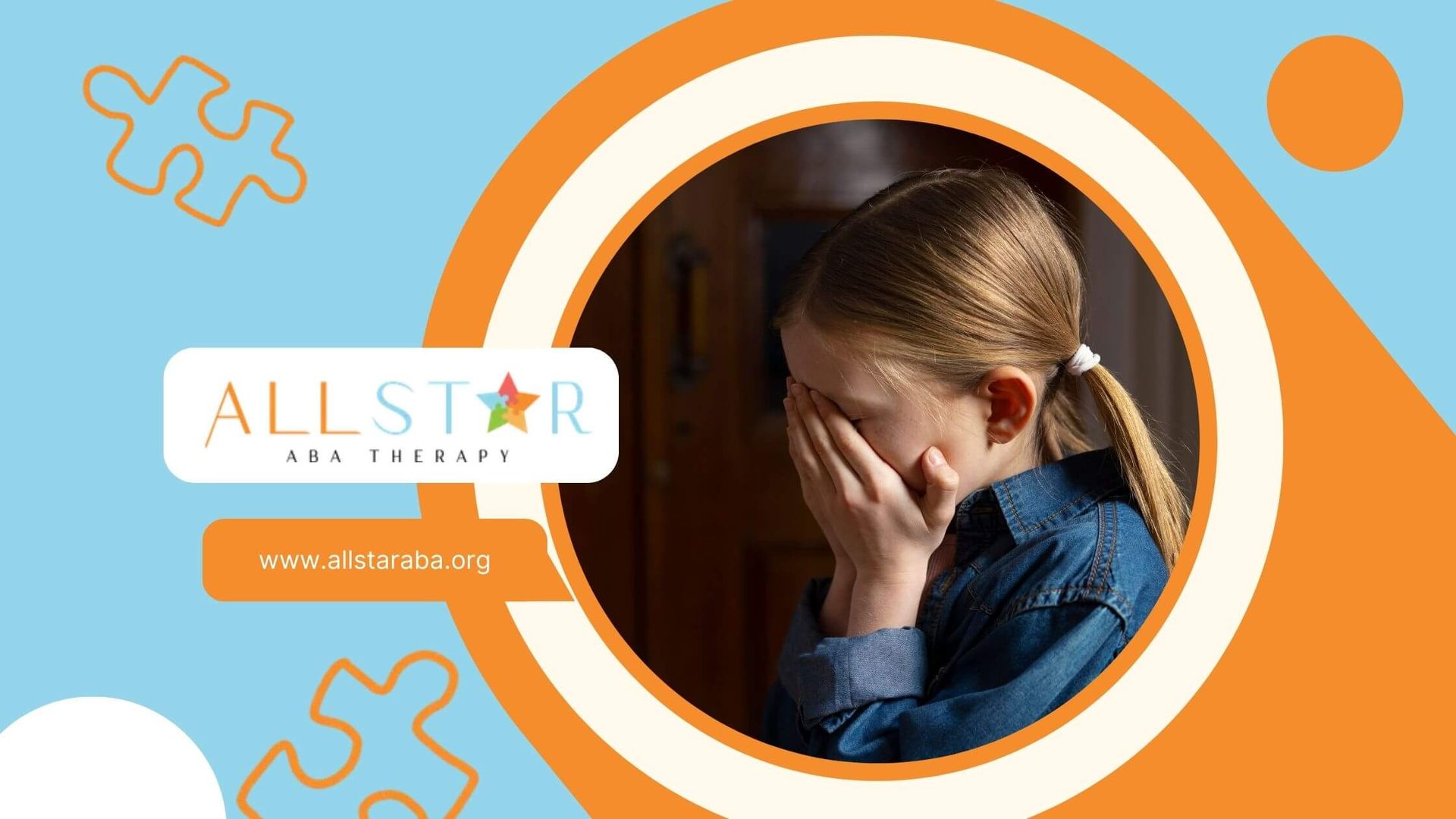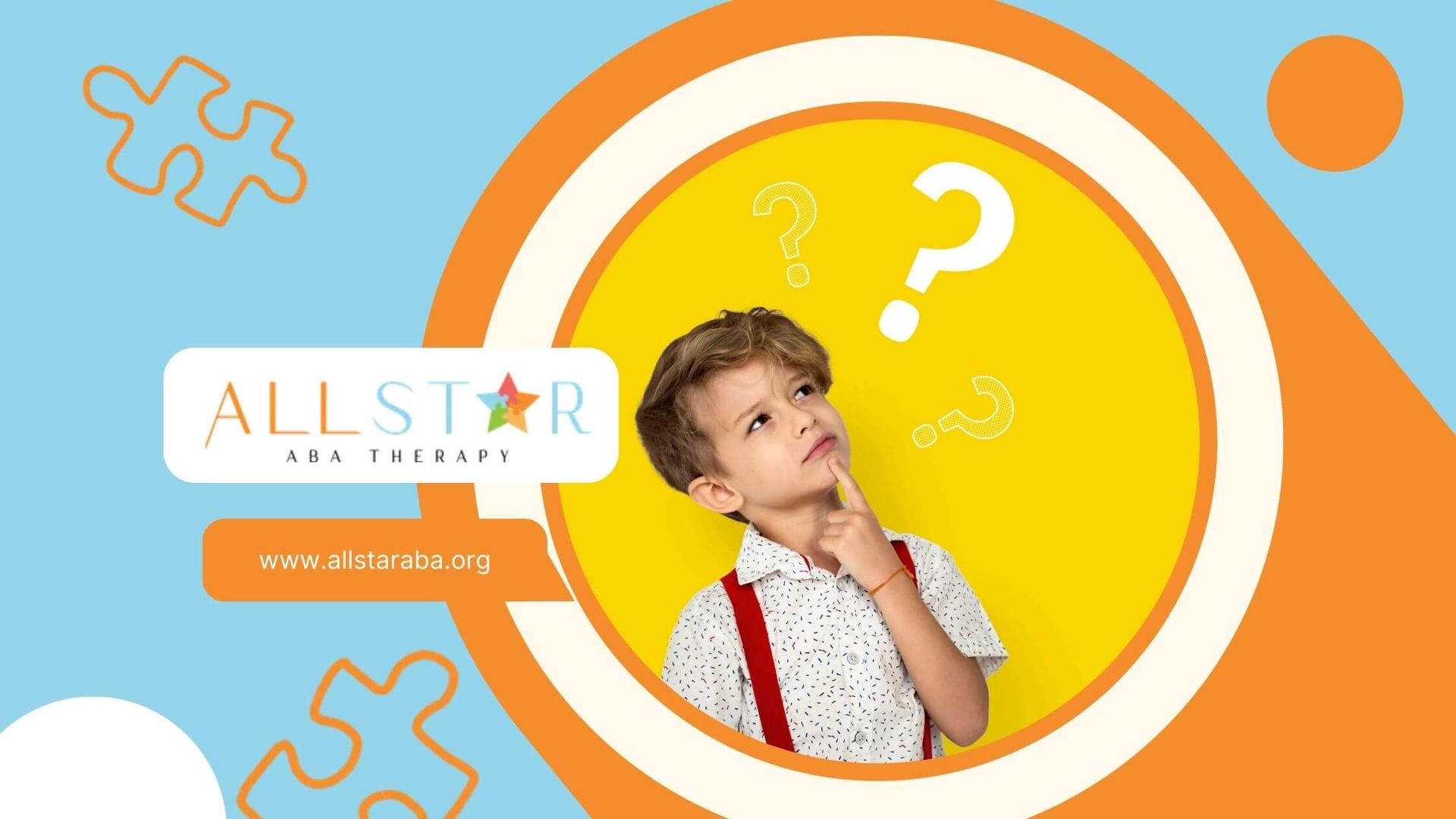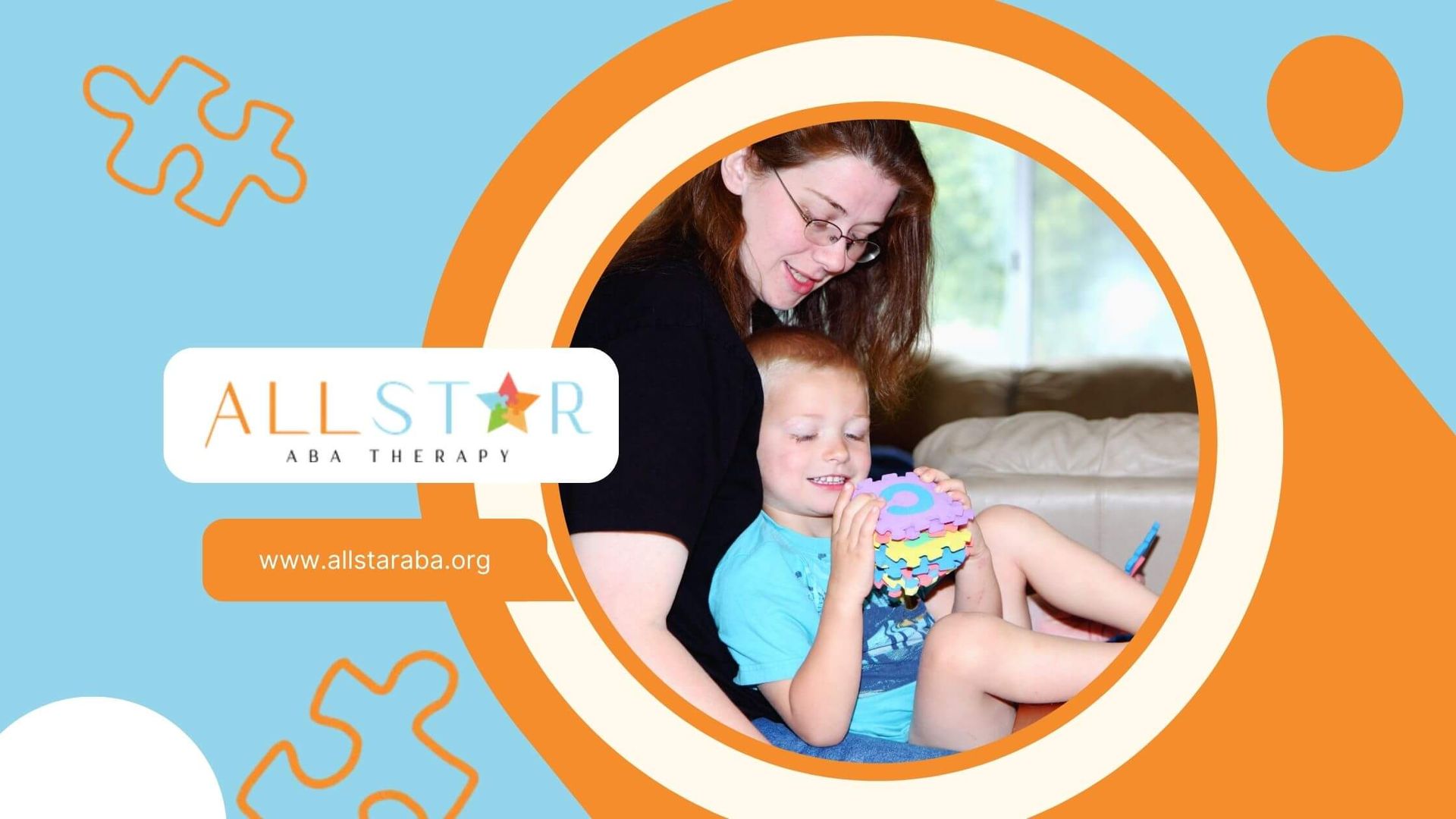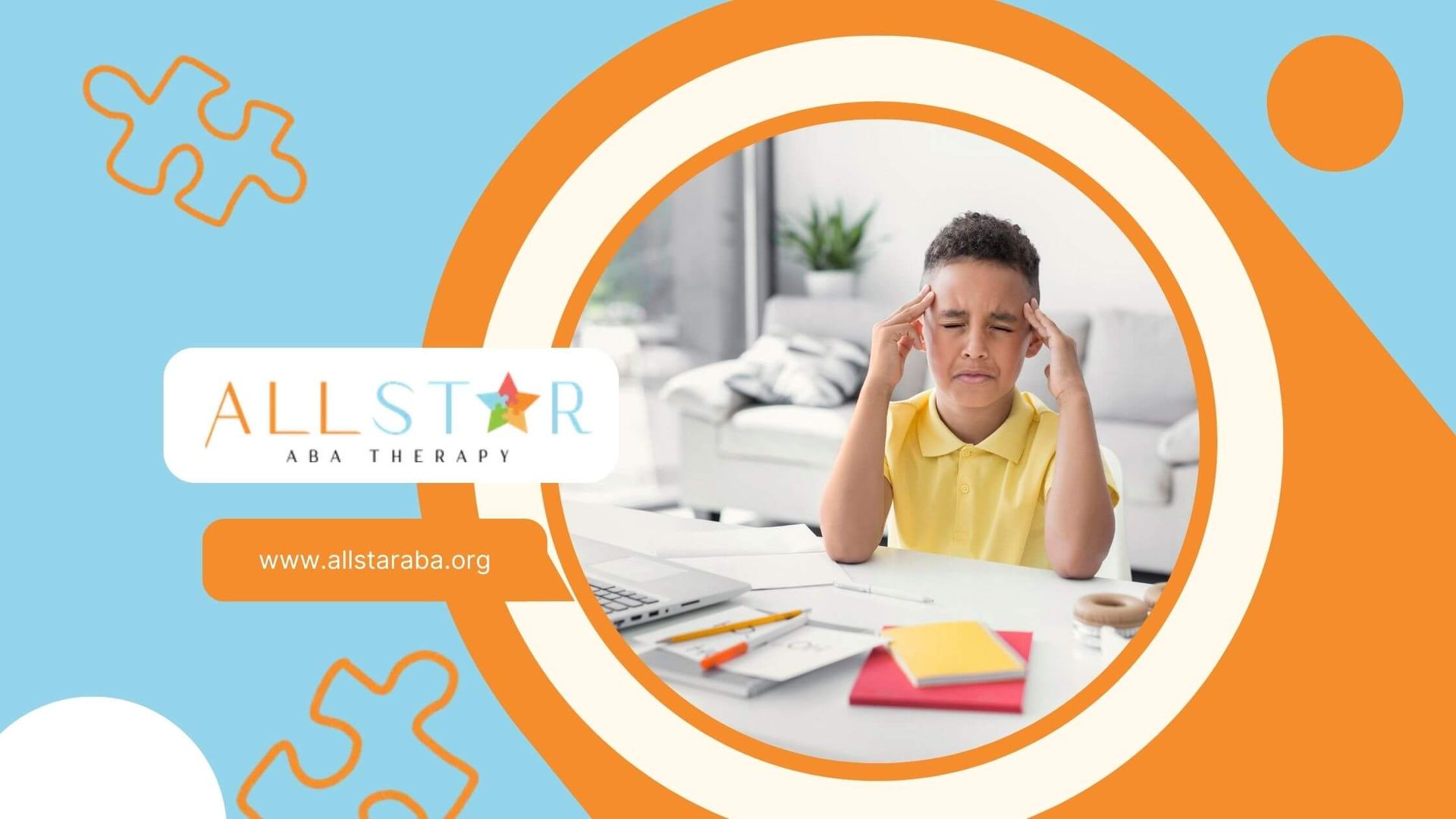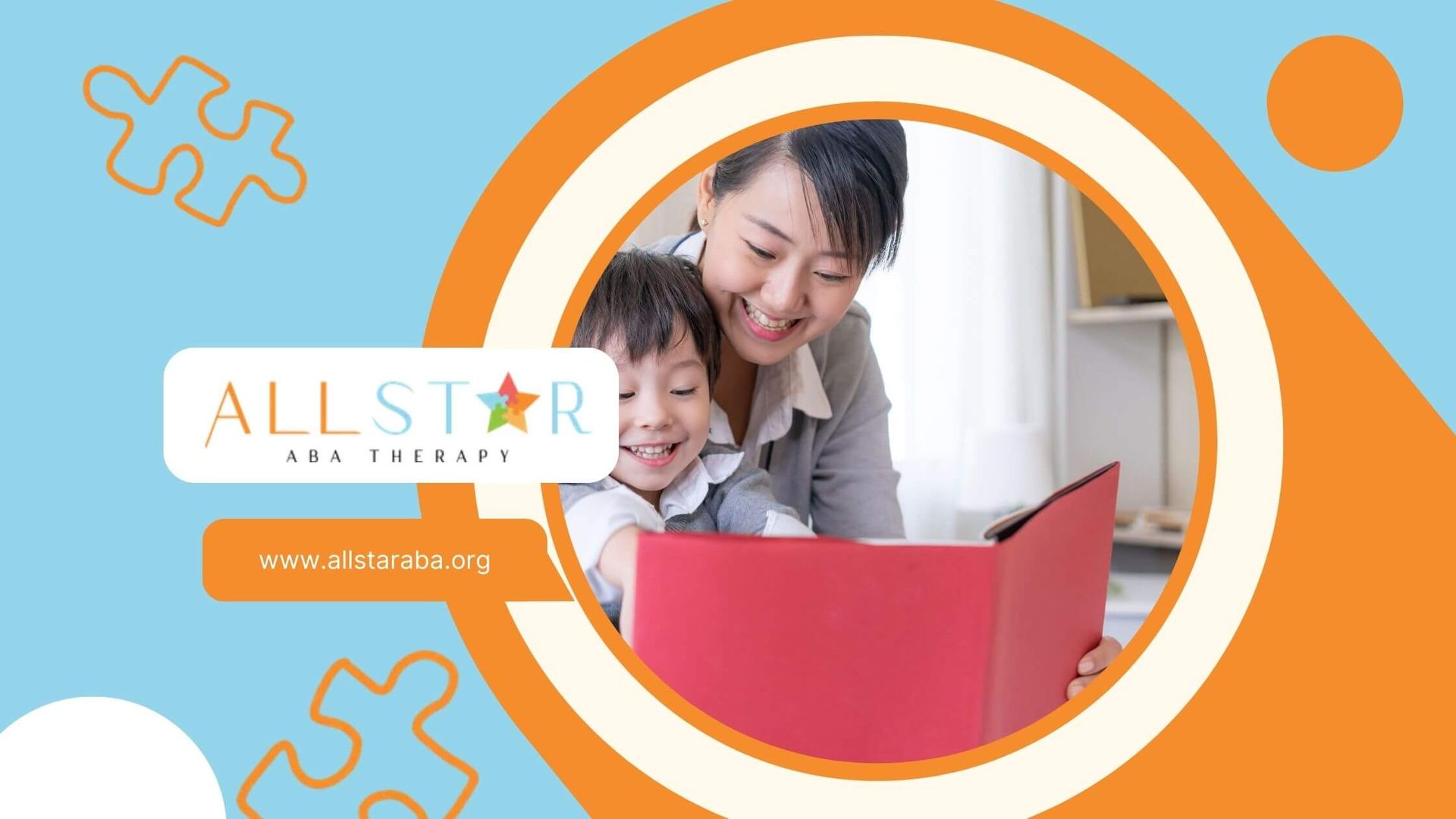New Paragraph
Autism Facial Features in Toddlers
Key Highlights
- Discover the intriguing link between facial characteristics and autism spectrum disorder in toddlers.
- Learn about features like a broader upper face, wider eyes, and other physical traits that might indicate autism.
- Uncover the role of genetic factors and environmental influences in shaping facial development.
- Understand why not all toddlers with autism have the same distinct facial features and how phenotypic variability plays a role.
- Explore the impact of early identification through facial traits and the outcomes of timely intervention.
- Gain insights into how technology and diagnostic tools are transforming autism detection methods today.
You may not expect a toddler’s face to offer signs of autism, but sometimes, it does — in small ways like a broader forehead or wider-set eyes.
One family I worked with in in-home ABA therapy noticed their child looked “different” in baby pictures compared to other toddlers. Paired with delayed eye contact and speech, it sparked a deeper evaluation that led to a timely autism diagnosis.
The Science Behind Facial Development in Autism
The Role of Genetics
Genetic factors can influence both brain and facial development. For example, some toddlers on the spectrum may have a wider forehead or increased space between the eyes (known as intercanthal distance).
A study found facial patterns linked to the severity of autism symptoms. Children with moderate features often had a broader face, while those with more pronounced symptoms had shorter midfaces and flatter philtrums.
Environmental Factors During Pregnancy
Environmental exposures during pregnancy can also shape facial growth. Things like maternal stress, certain medications, or exposure to toxins may contribute.
One mom I worked with shared that she took specific prescription medication early in pregnancy, and later, her son displayed some mild facial asymmetry — along with social delays.
While correlation isn’t causation, these patterns are helping researchers better understand the link between facial traits and autism.
Common Facial Features Seen in Toddlers with Autism
A Broader Upper Face
Many toddlers on the spectrum have a wider forehead and more facial width in the upper part of the face. These features likely stem from changes in early brain development.
In clinical settings, I’ve seen toddlers who presented with this feature along with delayed eye contact or lack of social smiling — key signs that support early screening.
Shorter Midface and Flattened Philtrum
The midface (the area from the eyes to the upper lip) may appear shorter in some children with autism. A shallow or flattened philtrum is also common.
These features often correspond with more significant communication challenges.
Distinct Lip or Mouth Shape
A toddler’s mouth may appear wider or more pronounced. In some cases, this is tied to prenatal hormone exposure, such as increased testosterone, which may lead to more masculine facial features.
As a BCBA, I once had a case where a toddler had a noticeably wider mouth and showed minimal expressive language. While the facial feature wasn’t the main concern, it became part of the broader profile that helped guide the diagnostic process.
Not All Toddlers Show These Traits — And That’s Okay
Individual Differences in Facial Features
Not every child with autism will show these physical signs. Facial features vary widely, and many children with autism may not appear physically different at all.
That’s why it’s critical to combine physical observations with behavioral assessments.
Similarities With Other Conditions
Some of these traits — like a broad face or spaced eyes — can also be seen in other developmental conditions like Down syndrome or Williams syndrome. This overlap makes it even more important to involve specialists when screening for autism.
Facial Expressions and Social Interaction
Limited Eye Contact and Gaze Patterns
One of the earliest behavioral signs of autism is reduced eye contact. Many toddlers with ASD avoid looking at faces or may fixate on objects instead. This subtle difference can show up as early as 6 to 12 months.
Unusual or Absent Facial Expressions
Some children may have a neutral or “blank” expression much of the time. Others might not mirror emotional reactions, like smiling back at a parent.
These signals, while non-verbal, often point to underlying social communication challenges.
I’ve worked with children who rarely smiled or reacted to familiar faces. One mom described it as “feeling invisible.” That early observation helped get her child evaluated — and supported — before preschool.
Can Facial Features Help Identify Autism Early?
Supporting Early Recognition
Facial characteristics are one part of a bigger picture. While they should never be used alone to make a diagnosis, they can help raise early concerns — which is critical.
Early identification leads to early intervention, and as any ABA therapist will tell you, timing matters. The earlier we start, the better the developmental outcomes.
Clinical Observation vs. Diagnostic Tools
While facial traits may prompt concern, structured assessments like the ADOS-2 or M-CHAT are what truly guide diagnosis. Observations of behavior, play, and communication carry more weight than appearance alone.
Strengths and Limits of Facial Screening
Emerging technologies like AI facial recognition tools show promise. But we’re still in early days. These tools might help flag at-risk toddlers, but they can't replace human expertise or behavioral assessments.
Advances in Technology: What’s on the Horizon?
How AI Is Changing Autism Detection
Researchers at places like the University of Missouri are training AI to identify subtle facial differences linked to autism. By analyzing thousands of facial images, the software can detect patterns a human might miss.
This technology could someday help pediatricians spot red flags during routine checkups — especially in areas where autism specialists are hard to find.
Research on Facial Morphology
Studies continue to show a strong link between facial morphology and autism traits. Ongoing research may help us create better screening tools that combine facial and behavioral data.
Dispelling Myths About Facial Features and Autism
Can You Tell If a Child Has Autism Just by Looking?
No — and it’s important to be clear about this. Some children with autism may have unique facial features. Many won’t. Autism is diagnosed based on behaviors, not appearances.
Why Full Evaluations Are Essential
A proper autism diagnosis includes developmental screenings, language and communication assessments, parent interviews, and sometimes medical exams. Facial appearance is a small, supplementary piece of that puzzle.
Helping Families Navigate the Journey
When to Talk to a Pediatrician
If you're noticing differences in your child’s facial features or development — even if you're unsure — talk to your pediatrician. They can refer you for a developmental evaluation or early intervention services.
I always tell families: “You don’t have to be certain to get support. You just have to be curious enough to ask.”
Resources for Early Intervention in the U.S.
There are several national and local programs available:
- Early Intervention (IDEA Part C): Offers free assessments and services in most states.
- Autism Speaks Toolkits: Help families understand diagnosis, services, and advocacy.
- Local ABA providers: Offer therapy plans tailored to your child’s needs.
- Support groups: Let you connect with other parents and caregivers.
Early support matters — not just for your child, but for your whole family.
Conclusion
Facial features may provide helpful clues when looking for early signs of autism in toddlers. Traits like a broad forehead or shorter midface can sometimes align with behavioral symptoms. But they’re just one part of a much larger picture.
By combining what we see with how a child interacts, communicates, and grows, we can better support early diagnosis and intervention. Families who act early often find they’re not just getting answers — they’re getting hope, too.
At All Star ABA, we specialize in helping families navigate early signs of autism with personalized ABA therapy services in Virginia and Maryland. Our team of licensed professionals works hand-in-hand with parents to build meaningful progress — one step at a time.
Reach out today to schedule your free consultation and learn how early intervention can support your child’s growth and communication.
Frequently Asked Questions
What are the most recognizable facial features of autism in toddlers?
Recognizable facial features of autism in toddlers can include not showing usual expressions, limited eye contact, and some different facial movements. These features of autism may look different for each child. So, it is important to look at these facial features of autism along with other signs when trying to understand if a child may have autism.
Can a child have autism without showing any facial differences?
Yes, a child can have autism and still look like other kids, without any clear facial differences. Autism can show up in many ways. Children with autism might have facial features that are the same as most people. They can still have trouble in social situations and with behavior, which are both part of autism.
How early can facial features indicate autism?
Facial features can show signs of autism in babies when they are 6 to 12 months old. Some signs are less eye contact and different expressions on the face. But, these signs can be very different in each child. That is why it is important to do a full check-up to make a correct diagnosis and help with early intervention.
Sources:
- https://pmc.ncbi.nlm.nih.gov/articles/PMC8773918/
- https://pmc.ncbi.nlm.nih.gov/articles/PMC10856091/
- https://www.autismparentingmagazine.com/autism-face/
- https://www.autismparentingmagazine.com/autism-face/
- https://www.ucsf.edu/news/2024/02/427171/could-we-assess-autism-children-simple-eye-reflex-test
Need Support?
We're Here to Help!
Our experienced team is ready to assist you. Reach out today to discuss how we can support your child's development and well-being.
Get started with expert ABA therapy today.



